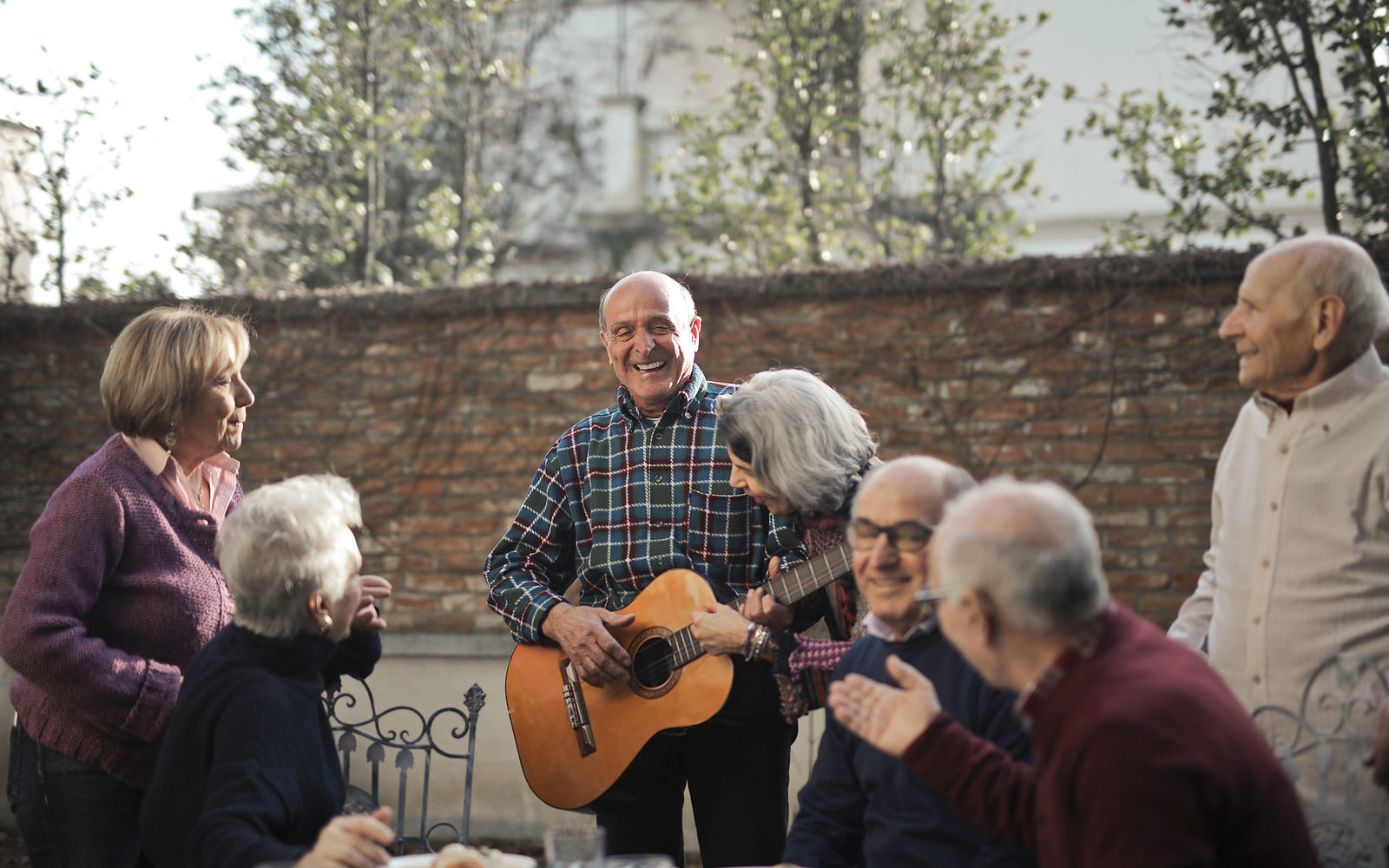Human beings are programmed to be social, some more so than others. But even introverted people need and want personal connections. As we grow older, maintaining healthy social networks is especially important. The challenge, however, is that social circles often shrink with aging.
Friendships built during work years might fizzle after you retire and no longer have a job in common. Other friends relocate to be closer to family. Then there are the seniors who develop health conditions that reduce their mobility or force them to give up driving. These are a few reasons older adults are the age group most likely to experience loneliness.
The Problem of Isolation Among Older Adults
From depression to heart disease, research proves isolated, lonely older adults are at higher risk for medical conditions than seniors with active social lives. Spending too much time alone during retirement can result in problems such as:
- Living a sedentary lifestyle
- Failing to get adequate exercise
- Relying on unhealthy convenience foods
- Smoking, or drinking too much alcohol
- Mismanaging medications
- Not drinking enough water
Understanding the link between healthy aging and avoiding isolation is vital.
Senior Living Communities Promote Socialization
Among the many benefits of a move to a senior living community is the chance to socialize with peers. Communities offer opportunities for residents to actively engage with life in a variety of ways, including:
- Life enrichment activities: Senior communities typically schedule daily activities one month at a time. They usually include arts and crafts workshops, movie nights or matinees, religious services, volunteer projects, and more. These give residents a chance to explore new hobbies and rebuild their social network.
- Fitness programs: Senior living communities offer a variety of programs that encourage residents to stay fit. Gentle stretching, walking clubs, chair yoga, and low-impact aerobics classes are popular. Not only do residents reap the physical rewards of being stronger, they’ll look and feel better, too. That often helps people feel more confident socializing.
- Casual gatherings: Older adults who move to a senior community quickly discover that neighbors become friends. Shared life experiences help bonds build more quickly. When you visit, you’ll often notice informal gatherings throughout the community. It might be a small group chatting over a mid-morning cup of coffee or a pop-up game of cards after dinner.
- Transportation services: When a senior begins to limit or give up driving, finding safe ways to get around town might be a challenge. This is another benefit of life in a senior living community. Residents are able to go on community outings to a shopping mall or have lunch at a local restaurant. They can even schedule transportation for a physician’s appointment, special event, or family gathering.
Inspiring Residents to Stay Social
At The Charleston, we are dedicated to inspiring and encouraging residents to connect and build bonds with their peers. We know it contributes to longer, healthier lives.
Learn More about Financing Senior Living in This Free Guide
If a senior living community sounds like a good fit for you or an elder in your family, you might appreciate a resource we created. You can download our complimentary Funding Guide to learn more about budgeting and financing a move to a senior living community.








